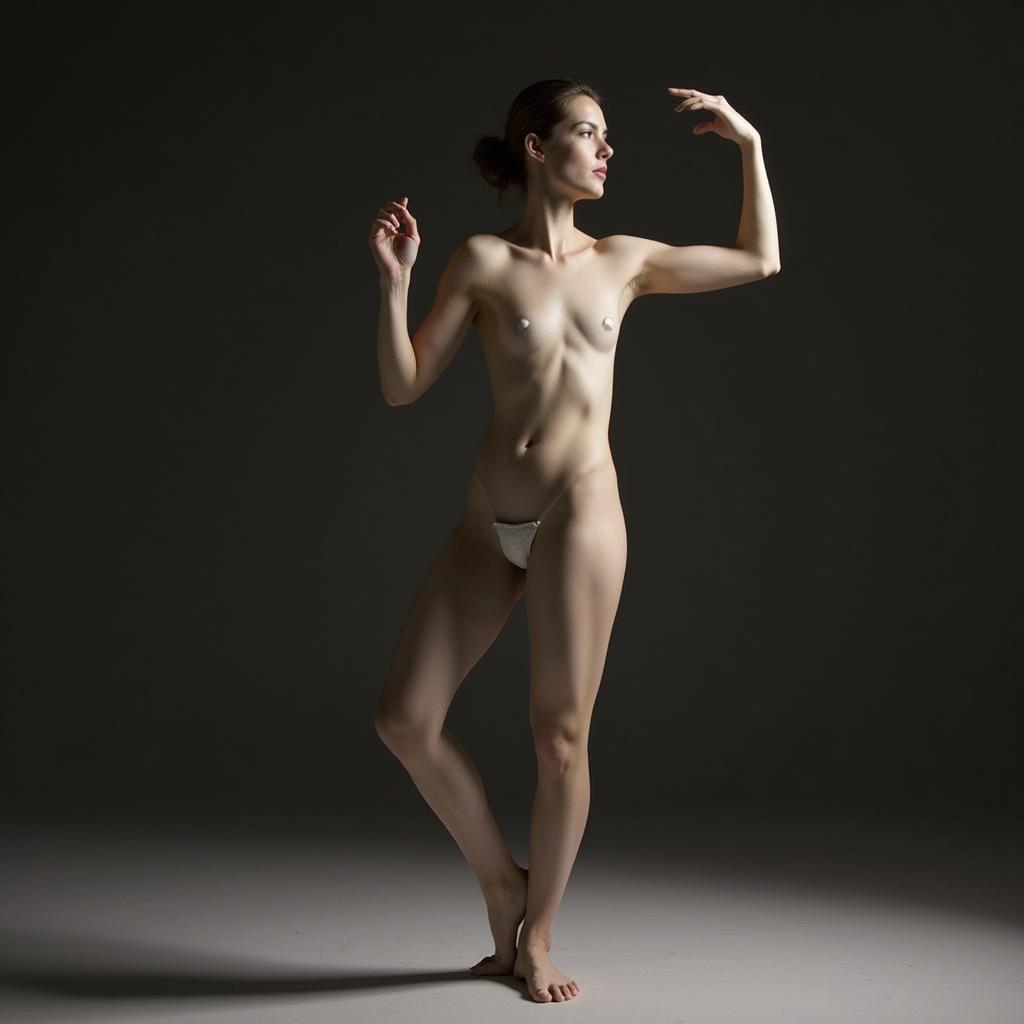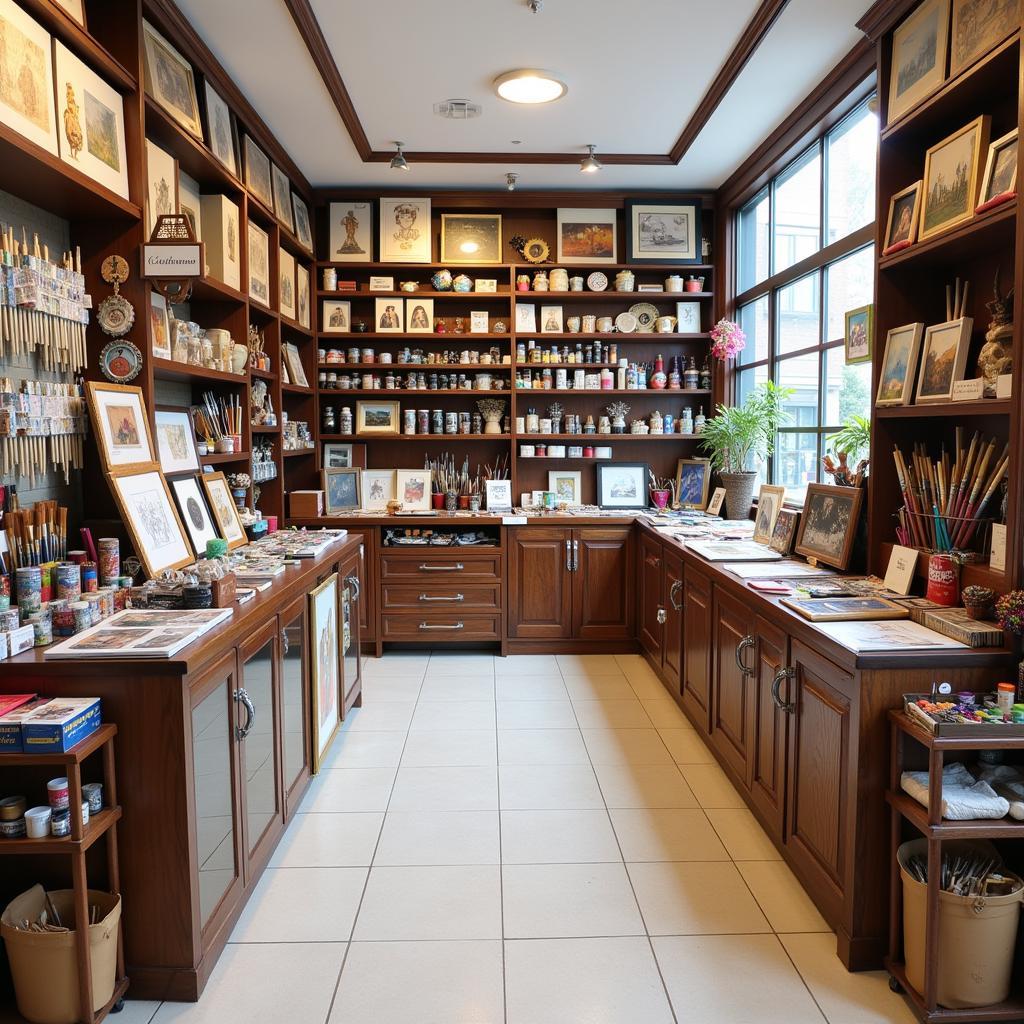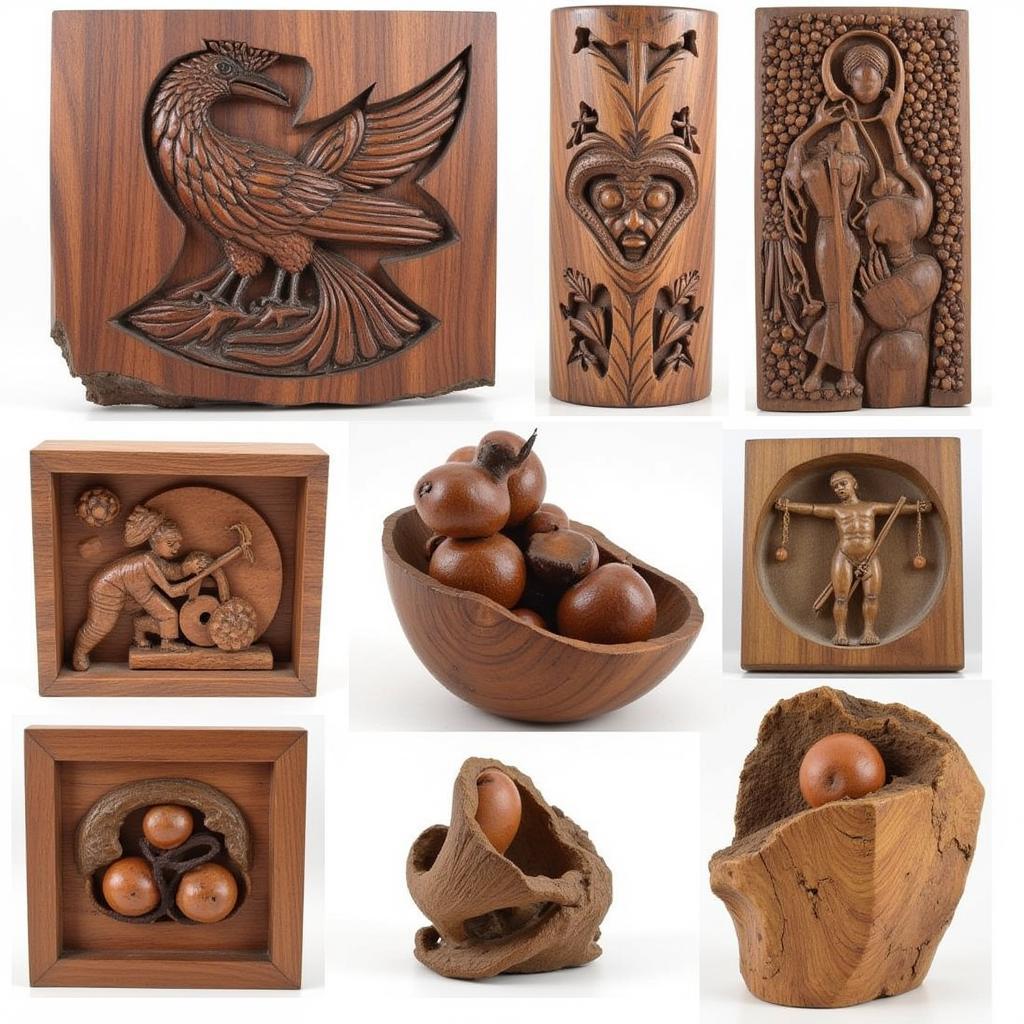Essential Art Model Tips for Stunning Poses and Dynamic Artwork
Art Model Tips are crucial for both aspiring and experienced artists seeking to capture the human form with grace and dynamism. Whether you’re working with direct observation art, focusing on woman portrait art, or exploring the complexities of figure drawing, understanding how to guide and work with your model is key to creating captivating pieces. From posing techniques to communication strategies, mastering these essential tips will elevate your artistic practice and unlock new levels of creativity.  Art Model Posing Tips for Dynamic Poses
Art Model Posing Tips for Dynamic Poses
Understanding the Role of the Art Model
The art model isn’t just a subject; they’re a collaborator. A skilled model understands how to hold poses, convey emotions, and work with the artist to achieve the desired artistic vision. They are essential for textured landscape art, providing a human element to contrast with the natural world, or in craft foam art, where their form can inspire unique three-dimensional creations. Effective communication is key to a successful artist-model relationship. Before the session begins, discuss your vision, the desired poses, and any specific requirements. Clear communication ensures everyone is on the same page and contributes to a productive and enjoyable experience.
What makes a good art model? It’s a combination of physical control, understanding of artistic principles, and the ability to interpret and embody different characters or emotions.
Mastering Poses: Art Model Tips for Dynamic Composition
Posing is an art form in itself. Static poses can appear stiff and lifeless. Encourage your model to explore dynamic poses that incorporate movement and tell a story. The contrapposto pose, where the body weight is shifted onto one leg, creating a natural S-curve, is a classic example of a dynamic and engaging pose. Consider incorporating props or asking the model to interact with their environment to add depth and interest to the composition.
A key aspect of posing is understanding the importance of lighting. How light falls on the model dramatically affects the final artwork. Experiment with different lighting setups to create mood, highlight specific features, or add drama to the piece.
Art Model Tips: Communication and Comfort for Extended Poses
Long poses can be challenging. Ensure your model has regular breaks and is comfortable. Open communication about their physical limitations and needs is essential. Providing a comfortable environment, including appropriate temperature and seating during breaks, will help your model maintain focus and energy throughout the session.
How often should an art model take breaks? The length of the pose and the model’s experience level will influence break frequency. Typically, a short break every 20-30 minutes for extended poses is recommended.
Do you struggle with capturing the delicate details of bunny feet art? Working with a live model can provide invaluable insight into the nuances of anatomy and movement.
Beyond the Basics: Advanced Art Model Tips for Expressive Artwork
Once you’ve mastered the fundamentals of posing and communication, you can explore more advanced techniques. Encourage your model to express emotions through their body language and facial expressions. This adds depth and narrative to your artwork, transforming a simple figure study into a powerful and evocative piece. Direct observation art, in particular, benefits from this level of expressiveness, allowing the artist to capture the subtle nuances of human emotion.
Remember, the key to successful art model collaboration lies in mutual respect, clear communication, and a shared passion for creating beautiful and meaningful art. These art model tips will equip you with the tools you need to unlock your creative potential and produce truly stunning artwork.
Conclusion
By implementing these art model tips, you can significantly improve your artistic output. Remember that effective communication and a comfortable environment are just as important as the technical aspects of posing and lighting. By collaborating effectively with your model, you can unlock new levels of creativity and create captivating works of art that truly resonate with viewers. So, embrace these insights and watch your artistic vision flourish.
FAQ
- How do I find an art model?
- What should I pay an art model?
- What is the typical duration of an art modeling session?
- What kind of poses should I ask my model to do?
- How can I create a comfortable environment for my art model?
- What are some common mistakes to avoid when working with an art model?
- How can I give constructive feedback to my art model?
Commonly Encountered Situations
- Model stiffness: Encourage movement and dynamic poses.
- Communication breakdown: Schedule a pre-session meeting to clarify expectations.
- Difficulty holding poses: Build up pose duration gradually and ensure adequate breaks.
Suggested Further Reading and Resources on Our Website
Explore our articles on woman portrait art and direct observation art for further insights into capturing the human form.
Need Help? Contact Us!
For further assistance or inquiries, please don’t hesitate to contact us. Call us at 02462573573, email us at danteum@gmail.com, or visit us at Savico Megamall, 7-9 Đ. Nguyễn Văn Linh, Gia Thụy, Long Biên, Hà Nội 10000, Việt Nam. Our customer service team is available 24/7.

